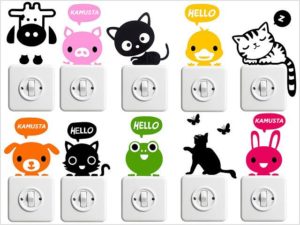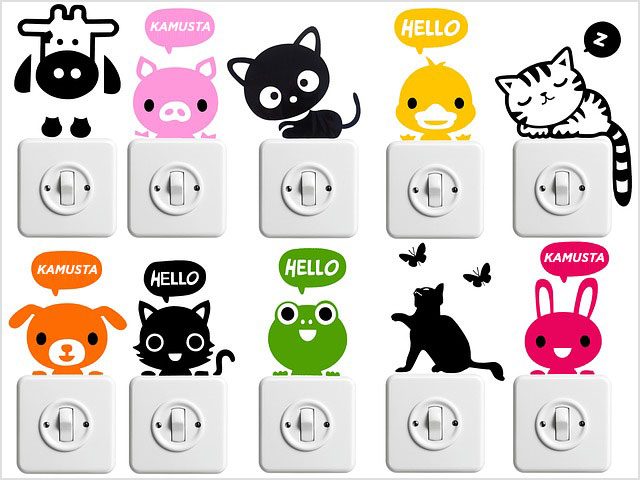There are numerous interesting topics on language and culture that we cover on our blog weekly. We have already talked about the colorful language of Tagalog, and we have talked about the peculiar phenomena of code-switching between languages. Today we are going to explore the fun in between those two topics together – Taglish and code-switching!
What is Tagalog
Let`s refresh some memories by indulging in the beauty of Tagalog. The name of the language really sounds exotic and most people do not really know that it originates from an exotic place, as well. Tagalog is one of the languages spoken in the Philippines and it has years and years of history.
Tagalog is the language of the Tagalog people, who make up a quarter of the population of the Philippines The language is spoken by approximately 17 million people and is used as the base of one of the official languages of the Philippines – Filipino (the other official language being English). During the 1930s, when the Filipino government insisted that there should be an official language to a country so diverse, the language of Tagalog was the most popular choice. For different reasons Tagalog lost the race, still remaining, however, one of the most spoken languages in the country.
Taglish and code-switching
For those of you who had been with us for a longer time, you have probably come across our articles related to code-switching. Such examples are the phenomenon of Japlish, Konglish, Hinglish, etc. Code-switching is a language alternation that occurs when two or more languages or language varieties get mixed up in the course of a single conversation.
Taglish is the mixture of Tagalog and English. It is no surprise that this form of communication occurred in the Philippines, as English is one of the official languages in the country and Tagalog is the base of the second. Taglish is mainly spoken in the area of Metro Manila but it has also spread to overseas Filipino communities, too. It comes very naturally to Filipinos who are fluent in more languages and it`s, for the most part, easy to understand by other Filipinos. As with all other dialects or slang, some are crazy about Taglish, some simply do not understand it, and then there are some who detest it.
How does it work?
 Since Taglish is simply a code-switching urban dialect, it is not standardized. This makes it very hard, almost impossible to lay out how it really works. Elderly people and teachers disapprove of it, mainly because it is informal, but for young people this is a normal everyday communication form. In the example sentences below, you will see that there is no specific amount of vocabulary that has to be borrowed from each language – as long as it sounds natural, you`re on the right path.
Since Taglish is simply a code-switching urban dialect, it is not standardized. This makes it very hard, almost impossible to lay out how it really works. Elderly people and teachers disapprove of it, mainly because it is informal, but for young people this is a normal everyday communication form. In the example sentences below, you will see that there is no specific amount of vocabulary that has to be borrowed from each language – as long as it sounds natural, you`re on the right path.
T: Kumain tayo sa Wendy’s.
E: Let’s eat at Wendy’s.
T+E: Eat tayo sa Wendy’s.
T: Pakitawag ang tsuper.
E: Please call the driver.
T+E: Paki-call ang driver.
T: Maaaring ipaunawa mo sa akin?
E: Can you explain it to me?
T+E: Maaaring i-explain mo sa akin?
As you can see, there are no rules to a “language of the young”. An interesting question to ponder over, however, is if Taglish is an evolving form of Tagalog or just another modern type of slang. Does it deserve more attention as something that would stay, or is it just a fleeting occurrence?
